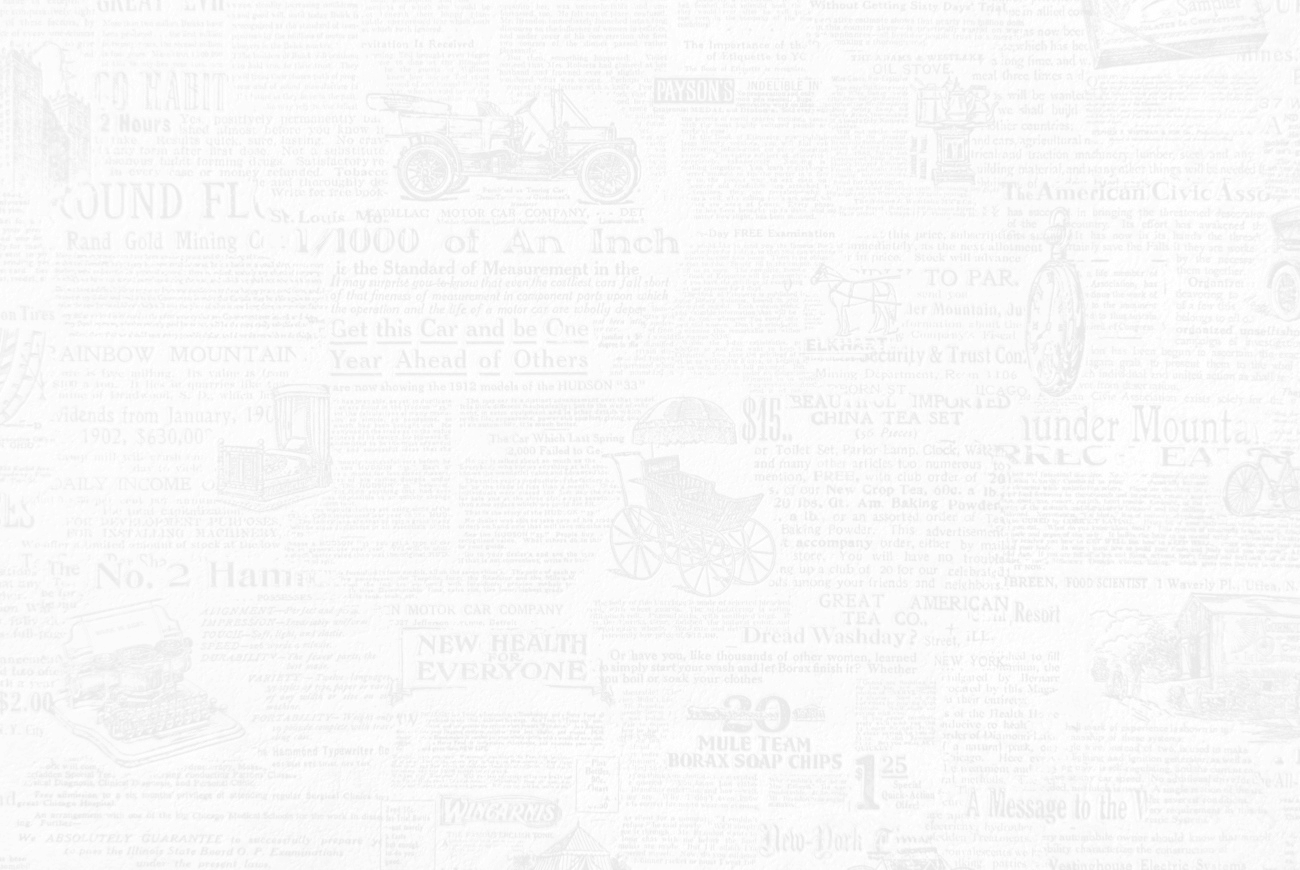Thank-you to everyone who came out to participate in the 2021 Sandon Historical Society AGM. We have made one change to our board members.
President: Dan Nicholson
Vice-President: Riley Palmer
Secretary-Treasurer: Abi Marsh
Directors: Hank Hastings, Bruce Phelan, John Wilson, Palmer
We look forward to seeing you this Summer!

